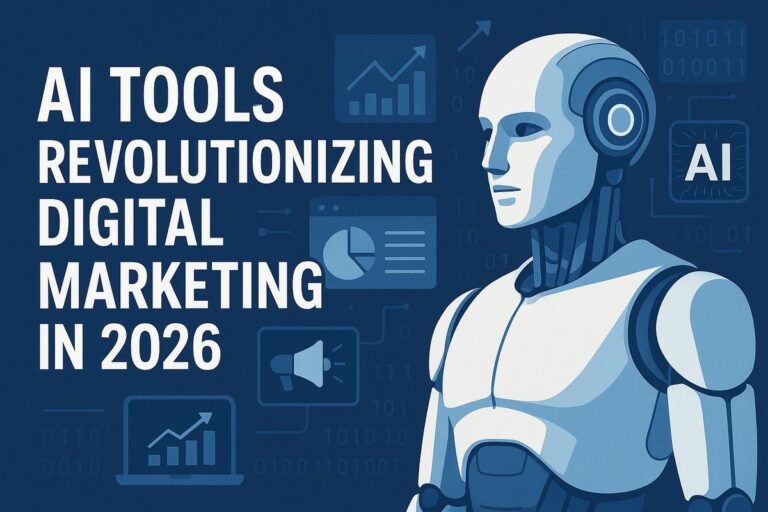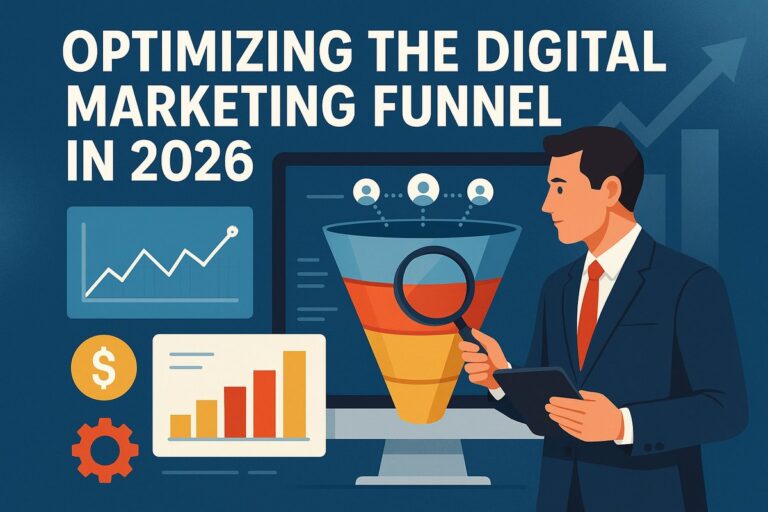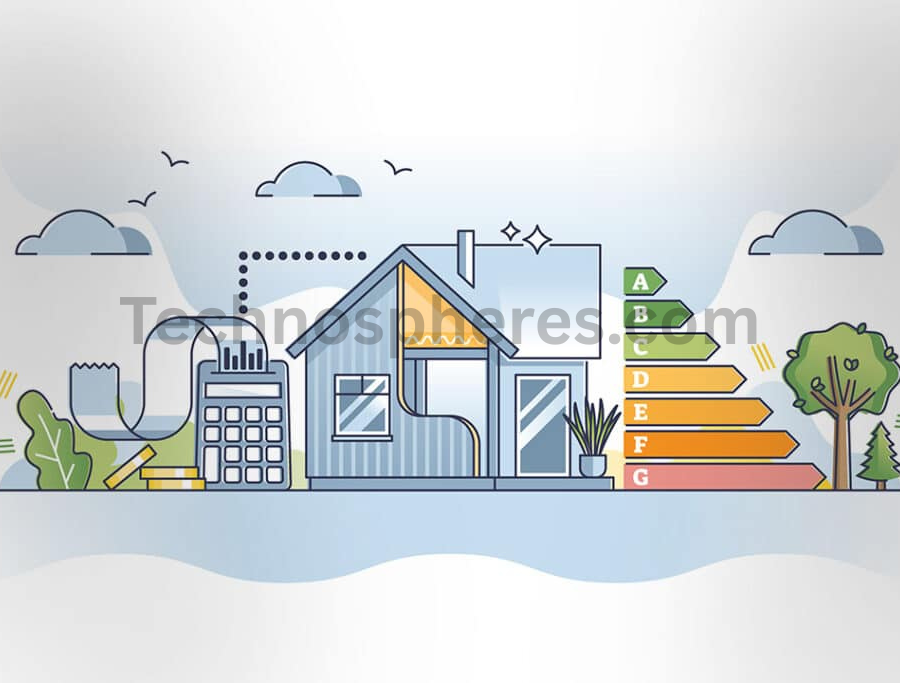
Standard Assessment Procedure Software
What is the Standard Assessment Procedure?
Official UK government process for evaluating and comparing the energy and environmental performance of residential location is the Standard Assessment Procedure Software. Created by the Building Research Establishment and under the Department for Levelling Up, Housing and Communities. Higher values on the scale of 1 to 100+ for SAP ratings denote enhanced energy performance. A score above 100 indicates the home is a net energy exporter—that is, it produces more energy than it uses. Mandatory for the sale or rental of dwellings in the UK, Energy Performance Certificates (EPCs) depend on SAP computations.
BRE or the government has to approve software tools to guarantee they meet modern SAP criteria. Popular suppliers of SAP software include Elmhurst Energy, Stroma, Quidos, and NHER. Software tools let certified energy assessors generate accurate and reliable results meeting legal and client expectations by streamlining the assessment process and minimizing errors. Standard Assessment Procedure Software provides a framework for calculating:
- Energy consuming
- Carbon dioxide emissions
- Loads for heating and cooling
- Heating of water
- Renewable energy helping
Importance of SAP for Energy Efficiency
The UK’s initiative to reduce energy consumption and carbon emission in the home sector depends critically on SAP. Following are the main ideas underlying its significance:
- It offers a regular and impartial means of evaluating the energy efficiency of houses, therefore facilitating impartial comparisons among them.
- One shows compliance with Building Regulations Part L using SAP.
- EPCs, which are issued using SAP computation results, inform prospective buyers and tenants of a home about its expected running costs and environmental impact.
- Eligibility for government grants and energy efficiency incentives is usually based on SAP ratings.
- Encouraging low carbon design options like better insulation, renewable technology, and effective heating systems by leading architects, builders, and policymakers, SAP helps to shape the industry.
Software’s Role in SAP Implementation
From building geometry to construction materials, heating systems, ventilation, lighting, and renewable energy sources, SAP calculations use a complicated and data intensive approach. Approved SAP software tools are used to perform computations according to the SAP methodology and to enter exact building information. Popular suppliers of SAP software include Elmhurst Energy, Stroma, Quidos, and NHER. Software tools let certified energy assessors generate accurate and reliable results meeting legal and client expectations by streamlining the assessment process and minimizing errors.

Origin and Evolution
Origins of SAP in the United Kingdom
Originally adopted by the UK government in 1995, the SAP approach offers a consistent means of evaluating home energy performance. Developed from the Domestic Energy Model (BREDEM), it sought to assist:
- Initiatives for energy conservation
- Regulations for residential construction
- Public knowledge of energy efficiency
Major modifications and Revisions
SAP has been updated several times to match developments in building technology, environmental issues, and legislative objectives. Essential variations include:
- Introductions of insulation and heating technology modeling upgrades came under SAP 2005.
- SAP 2009: Strengthened accuracy in estimating ventilation and lighting effects and is consistent with EU regulations.
- SAP 2012: Until lately, the most often used version. It raised accounting accuracy for carbon factors and energy from renewable sources.
- SAP 2016: A transitional release that better modeled low carbon heating technologies and added fresh fuel pricing information.
- SAP 10, released in 2019 but still not entirely used in Building Regs as of 2024:
- Substantial change to carbon intensity numbers: e.g., electricity is presently portrayed as more environmentally friendly than gas.
- Better modeling of lighting, thermal mass, and cooling technologies.
- Adjustments for dynamic weather data and climate change.
From SAP 11 to Future Directions
Standard Assessment Procedure Software 11, now under development as of 2025, is intended to:
- Designed to make sure new homes generate 75–80% less carbon emissions than present standards.
- Better interaction with Building Information Modelling (BIM) systems.
- Inclusion of climate adaptability elements and dynamic simulation techniques.
- Better assessor user interfaces and automation capabilities will help to cut mistakes and reporting time.
Key Features of SAP Software
The Standard Assessment Procedure is how the UK government assesses and ranks homes’ energy and environmental performance. To guarantee homes satisfy Building Regulations, energy assessors, architects, developers, and contractors use SAP software. It assesses several aspects pertaining to emissions, insulation, lighting, heating, and building energy use.
Energy Performance Analysis
By evaluating the design, fabrics, heating systems, ventilation, and more of a structure, SAP software conducts thorough energy performance calculations. These computations provide projections of the annual kWh total energy consumption as well as the cost related with heating, lighting, hot water, and renewable energy benefits. The outcome is often shown on Energy Performance Certificates as a standardized energy efficiency grade from 1 to 100+ .
Target Emission Rate (TER) and Dwelling Emission Rate (DER)
Critical indicators used to assess a building’s adherence with UK Building Regulations are the DER and TER. The computed CO₂ emissions per square meter of floor area for a suggested or already built home are known as the Dwelling Emission Rate (DER). The Target Emission Rate (TER) is the highest permitted emission rate set by law. For a building to comply, the DER must not exceed the TER; SAP software automatically computes both to guarantee regulatory conformance.
Thermal Bridging and Values
values calculate how well heat is kept by building components such walls, roofs, and windows. A lesser value indicates superior insulation. SAP program computes values for every component used in construction and accounts for thermal bridging, which happens at connections and boundaries when insulation might be damaged. Correct thermal bridging data raises the general precision of energy performance evaluations.
Water Heating and Light Efficiency
SAP assesses the efficacy of interior lighting as well as domestic hot water systems (boiler. High-performance water heaters and energy-efficient lights like LEDs help to boost the SAP score. To represent actual energy consumption, the program simulates heat losses, system types, energy sources, and use patterns.
Integration of Renewable Technologies
SAP evaluations involve renewable energy sources as solar PV panels, wind turbines, biomass boilers, and ground source heat pumps. These systems lower a house’s DER by managing fossil fuel energy use. The program considers the energy produced, its adaptability in the structure, and the degree of dependency it lowers for gas or grid electricity.
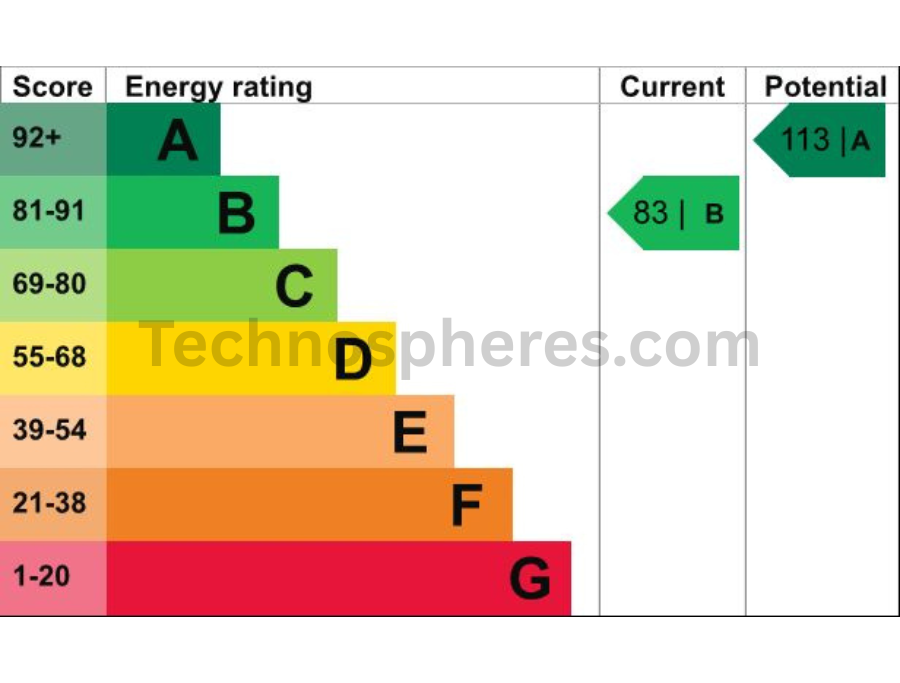
SAP Software Categories
From professional assessors to policy testers and students, Standard Assessment Procedure Software comes in several forms to satisfy a range of user needs. It differs in terms of cost, approval level, and scope.
SAP Tools Approved Commercial
Approved by the Building Research Establishment (BRE) or Elmhurst Energy, these are licensed software products for formal compliance audits. Commercial tools provide strong capabilities including 3D modeling, integration with CAD, thorough reporting, and database access for building components. Popular examples include Design SAP, Elmhurst SAP, and NHER Plan Assessor.
Freely Available and Open Access SAP Software
Several businesses offer SAP tools free or demo versions for educational or investigative usage. Although not appropriate for official compliance submissions, these tools enable users to grasp SAP methodology. BRE’s free SAP worksheet calculator, which lets manual input of design parameters produce a simplified SAP result, is one illustration.
SAP for Current Dwellings versus New Constructions
Because they take somewhat distinct legal routes, SAP assessments vary for new and existing houses. While current homes sometimes undergo Reduced Data SAP for EPCs during resale or rental, new construction have to show complete compliance before building. The table below highlights some main distinctions:
| Feature | SAP for New Builds | SAP for Existing Dwellings (RdSAP) |
| Assessment Type | Full SAP assessment | Reduced Data SAP (RdSAP) |
| When Used | Before/during construction phase | During sale, rental, or energy retrofit |
| Input Detail | Full construction specifications | Limited data collected on-site |
| Data Source | Plans, specifications, manufacturer data | Visual survey and assumptions |
| Software Used | Approved SAP software | RdSAP-specific versions of SAP software |
| Regulatory Purpose | Part L Building Regulations compliance | EPC issuance, Green Deal assessment |
| Accuracy | High (based on full inputs) | Moderate (based on assumptions) |
How SAP Software Works
Input Data Requirements
SAP software starts with a thorough set of inputs characterizing the technical and physical qualities of a building. This information such as the overall floor area, wall types and thicknesses, roof construction, window and door kinds, ventilation systems, heating and hot water systems, lighting types, and any installed renewable technologies like solar PV panels or heat pumps. For new construction, architectural plans and building specifications provide these details; in the case of existing houses evaluated via RdSAP, data is collected on-site and assumptions are made where exact information is missing. Precise and thorough feedback is crucial since even minor changes can greatly influence the computed SAP score and compliance results.
Calculation Methods
Once the needed input data is input, the SAP application runs a consistent computation based on the government approved SAP approach. This approach essentially calculates the yearly energy consumption for room heating, water heating, lighting, and occasionally cooling. It also explains energy losses through the construction fabric—walls, windows, floors, roof—air infiltration and ventilation. The approach calculates the effect of these technologies in offsetting demand, then makes changes for renewable energy generation and storage. The software calculates the Dwelling Emission Rate as part of this process and compares it against the Target Emission Rate to evaluate compliance with building codes. The overall computed energy expense per square meter, converted into a score ranging from 1 to over 100, determines the ultimate SAP rating.
Certificates for Energy Performance and Output Reports
The outputs of the SAP tool include a number of reports intended to educate building stakeholders as well as regulatory authorities. So, these include detailed breakdown of energy use by category, DER and TER values, carbon dioxide emissions, primary energy demand, fabric efficiency, and a list of possible upgrades to boost energy performance. The EPC condenses the property’s energy efficiency grade, present and possible ratings, estimated energy costs, and major recommendations for improvement.
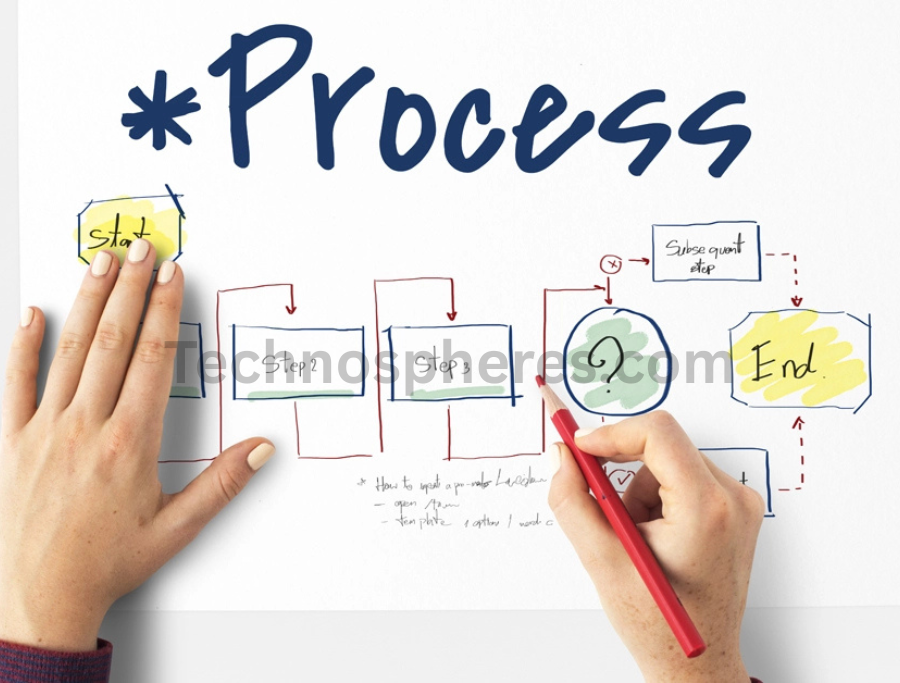
Regulatory and compliance points of view
Part L Building Code
Demonstrating compliance with Building Regulations Part L, which controls the conservation of fuel and power in buildings, Standard Assessment Procedure Software assessments in the UK are an integral component. To show that a new house satisfies the minimum requirements for carbon emissions and energy efficiency, a thorough SAP assessment is necessary. This includes making certain that the DER is equal to or less than the TER, as well as hitting targets for fabric energy efficiency and primary energy usage. Noncompliance might delay occupancy or even stop approval; the SAP results are submitted at two stages: the Design Stage, where proposed specifications are evaluated, and the As Built Stage, when final construction details are checked and submitted.
Requirements for Property Transactions under
In a range of real estate transfers, Energy Performance Certificates—produced by SAP—are mandated by law. Ten years is the lifespan of an EPC unless substantial alterations to the building would affect its performance classification. Landlords and housing providers with low EPC ratings may also face restriction on the legal letting out of a property under Minimum Energy Efficiency Standards.
Role in Sustainable Reporting and Planning
Beyond compliance, SAP assessments have growing relevance in planning applications and more general sustainability reporting frameworks. In these situations, SAP software enables designers to predict early performance outcomes during the design phase. Furthermore, SAP results are used to assess development toward environmental objectives and to report on carbon reduction performance by housing associations, local governments, and eco-conscious developers; they also act as standards for energy credits and carbon footprint objectives; they are included in sustainability certification programs like Code for Sustainable Homes (historically) and BREEAM Domestic Refurbishment.
Comparison of Popular SAP Software
Design SAP vs. RdSAP
The main difference in SAP evaluation is whether the property is newly built or already existing; this will guide the application of Design SAP or RdSAP. Design SAP, sometimes known just as “full SAP,” is employed throughout the planning and building phases of new houses. To produce highly accurate estimations for conformance with Building Regulations Part L, it depends on exact material specifications and thorough architectural designs. From thermal bridging and ventilation to renewable energy integration and DER/TER comparison, it can model every component of a building’s energy performance.
Conversely, RdSAP (Reduced Data SAP) is a simplified form of the same approach designed expressly for usage in current homes. Because complete architectural plans are not often available for older houses, RdSAP uses site surveys combined with uniform assumptions to estimate inputs such insulation levels and heating system details. Although not as accurate as Design SAP, RdSAP is efficient, realistic, and sufficient for producing EPCs for resale or rental use. The primary drawback is that RdSAP models some sophisticated technologies with the same depth but cannot show compliance with Building Regulations.
Primary Software Tools: Elmhurst, Stroma, Quidos among others
With various features meant to simplify the evaluation process for domestic energy assessors, architects, and consultants, several accredited Standard Assessment Procedure Software solutions dominate the UK scene. Elmhurst Energy Design SAP is one of the most used platforms, noted for its user-friendly interface and thorough support services. Real-time verification checks, direct EPC lodge with the governmental registry, and instruments for Design SAP and RdSAP assessments are provided.
Leading SAP tools:
| Feature | Elmhurst Design SAP | Stroma FSAP | Quidos SAP |
| SAP Versions Supported | SAP 2009, SAP 10, RdSAP | SAP 2012, SAP 10, RdSAP | SAP 2009, SAP 10, RdSAP |
| User Interface | Highly user-friendly with visual guides | Functional, more suited to experienced users | Clean, simple layout suitable for learners |
| EPC Lodgement | Integrated with Elmhurst’s lodgement system | Direct submission to government registry | Built-in lodgement features |
| Support Services | Extensive CPD, technical helpline, webinars | Email/phone support, Part L support | Email/phone support, accredited training |
| Training Access | Yes (included with membership) | Available separately or bundled with software | Offered through Quidos Academy |
| Popular Among | Large assessor networks, housing providers | Independent professionals, consultancies | Entry-level users, small firms |
User Interface and Support Features
Particularly popular with assessors working in both commercial and residential industries, Stroma FSAP is another top prospect. It has sophisticated capabilities including material libraries, integration with Part L documentation tools, and value calculators. Targeting both new users and seasoned professionals, Quidos SAP strikes a good balance between simplicity and functionality. Its CPD materials and dependable customer care are frequently praised.
Certification and Training
Who is permitted to use SAP software?
Official SAP or RdSAP assessments in the UK are only permitted for qualified and certified specialists. These include Domestic Energy Assessors (DEAs) for current properties employing RdSAP as well as On Construction Domestic Energy Assessors (OCDEAs) for fresh builds utilizing Design Standard Assessment Procedure Software. Though they cannot create valid EPCs or regulatory compliance papers, people can still use demonstration versions of SAP software for academic or design education without accreditation.
Training for Certified Assessor
Becoming a certified SAP assessor entails finishing a recognized training course then passing a competence test. Normally, the curriculum for DEAs includes subjects like building physics, home heating systems, insulation types, site survey methods, and RdSAP software use. Candidates have to pass both a theoretical test and practical evaluation including the creation of sample EPCs.
Ongoing Professional Development (CPD)
Assessors must participate in Continuous Professional Development to stay accredited. This entails going to software training sessions, regulation update meetings, and refresher courses to ensure they stay current with changing norms. The switch from SAP 2012 to SAP 10, for instance, brought major changes in main energy coefficients, emissions weighting, and renewable technology modeling—all of which called assessors to revise their procedures.
Conclusion
Evaluating, reporting, and enhancing the energy performance of UK houses depends heavily on the Standard Assessment Procedure Software. SAP supports domestic energy efficiency as a technical and regulatory backbone whether it helps new construction meet Building Regulations Part L or helps homeowners make energy saving improvements. Its uniform approach guarantees a uniform assessment across several sites, and the availability of both Design SAP and RdSAP allows it to fit both new and current homes.
Finally, the result of SAP rests on the competence of skilled, accredited assessors performing the assessments as well as the software itself. So, continuing teaching, CPD needs, and regulatory modifications promises that these experts can provide reliable and up to date recommendations for enhancing a house’s energy efficiency. SAP continues to be a crucial instrument in molding a more energy-conscious and suitable built environment in light of escalating energy prices and climate change.
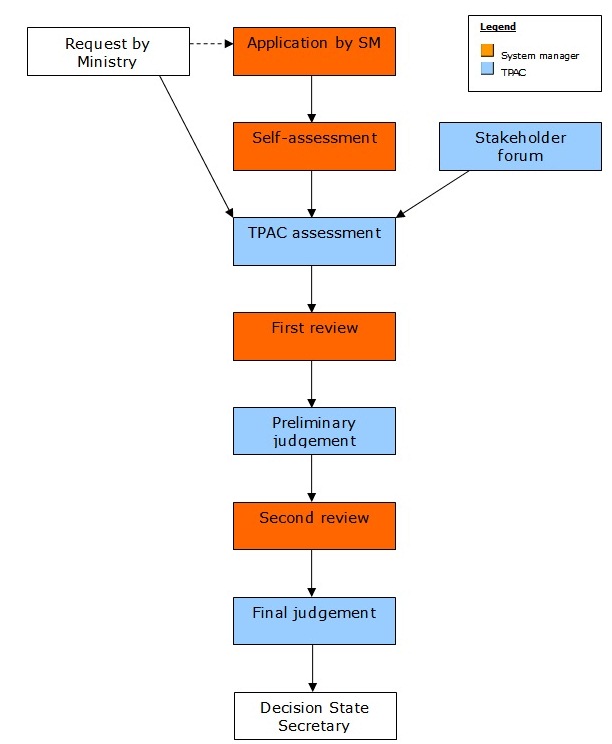
Frequently Asked Questions
How are SAP and RdSAP different?
Requiring thorough architectural and technical information, SAP is the full version used for new dwellings. RdSAP is a reduced variant used for existing houses where full specifications are not accessible. So, RdSAP depends on site surveys and default assumptions to finish the assessment.
Who is permitted to conduct SAP assessments?
SAP or RdSAP assessments may only be done by properly trained and authorized professionals. While Domestic Energy Assessors (DEAs) are permitted to utilize RdSAP for current homes, On Construction Domestic Energy Assessors (OCDEAs) have Design SAP certification for new buildings. So, they have to be registered with an official certification organization like Elmhurst, Stroma, or Quidos.
Can one use SAP software free?
Available for SAP software are both free and commercial editions. Moreover, commercial instruments like Elmhurst and Stroma provide wide features, support, and certification paths. Learning resources include some demo versions or scholarly instruments; however, they cannot be used to generate official EPCs or satisfy legislative requirements.
The frequency of updating of the SAP approach is
The UK government regularly updates SAP to mirror developments in energy policy, construction technology, and carbon emissions variables. SAP 2005, 2009, 2012, and SAP 10 are major updates. For new technologies and post2025 rules, a future upgrade, SAP 11, should offer even more sophisticated modeling.
What will happen if a structure fails the SAP evaluation?
Should a new home not meet the required SAP criteria—TER compliance, for instance—design specifications must be changed by developers adding insulation, enhancing glazing, or including renewable technologies.
Read more about Tech News on Technnospheres.





